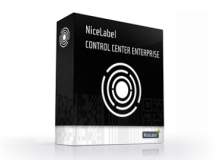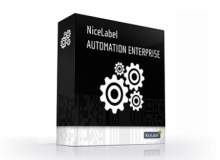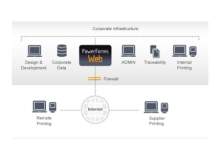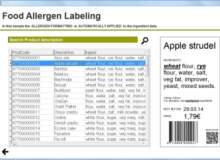Four Ways to Enhance Supply Chain Versatility and Reduce Costs
‘Adopting Next-Generation Labelling Technology Enhances Enterprise Agility and Reduces Costs’ published by NiceLabel identifies the hidden costs, inefficiencies and risks resulting from legacy labelling operations and explains why a modern label management platform is well- suited to current enterprise and extended supply chain needs.
In today’s networked economy, organisations are challenged with volatile market requirements, massive connectivity driven by the ‘Internet of Things’, and increased product, process, and supply chain complexity. Enterprises are continually looking deeper into their operations and farther across their supply chains for opportunities to become more efficient. Labelling is frequently considered a background process that does not get any attention until it causes a problem. As a result, bar code and RFID labelling practices and software have become dated at many enterprises, and have not kept pace with changing business needs.
The new generation of label management solutions gives many enterprises a strong opportunity to reduce costs, improve agility and reduce the risk of production shutdowns and non-compliance with labelling requirements. Migrating from decentralised labelling to a modern, centralised solution generally helps organisations in four ways:
- Improves agility by reducing the time needed to create, maintain and update label files, introduce new products and respond to customer requests. Enterprises that convert from decentralised labelling often find thousands of redundant label files that can be eliminated and consolidated into a few consistent templates
- Raises quality by preventing inconsistency and eliminating latency from exchanges with enterprise systems; enhanced quality also helps prevent shipping delays and production line shutdowns that result from labelling errors or system failures. Tighter control prevents mislabelling, which reduces the risk of recalls
- Reduces direct and indirect costs by lessening the labor, time and expertise required to maintain label formats, make changes and create new labels. Indirect savings come from reduced labelling errors, improved compliance and better brand consistency
- Enhances collaboration with business partners by making the enterprise more responsive to change requests and by enabling advanced labelling techniques that can help deter diversion and counterfeiting
Click on the white paper tab to find out more.





